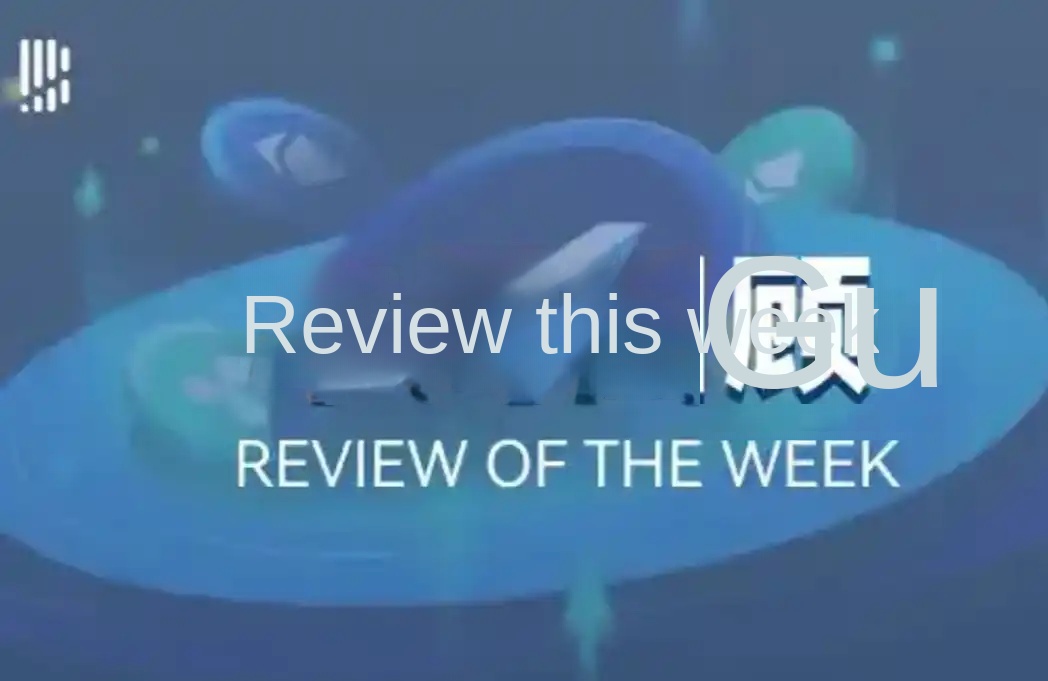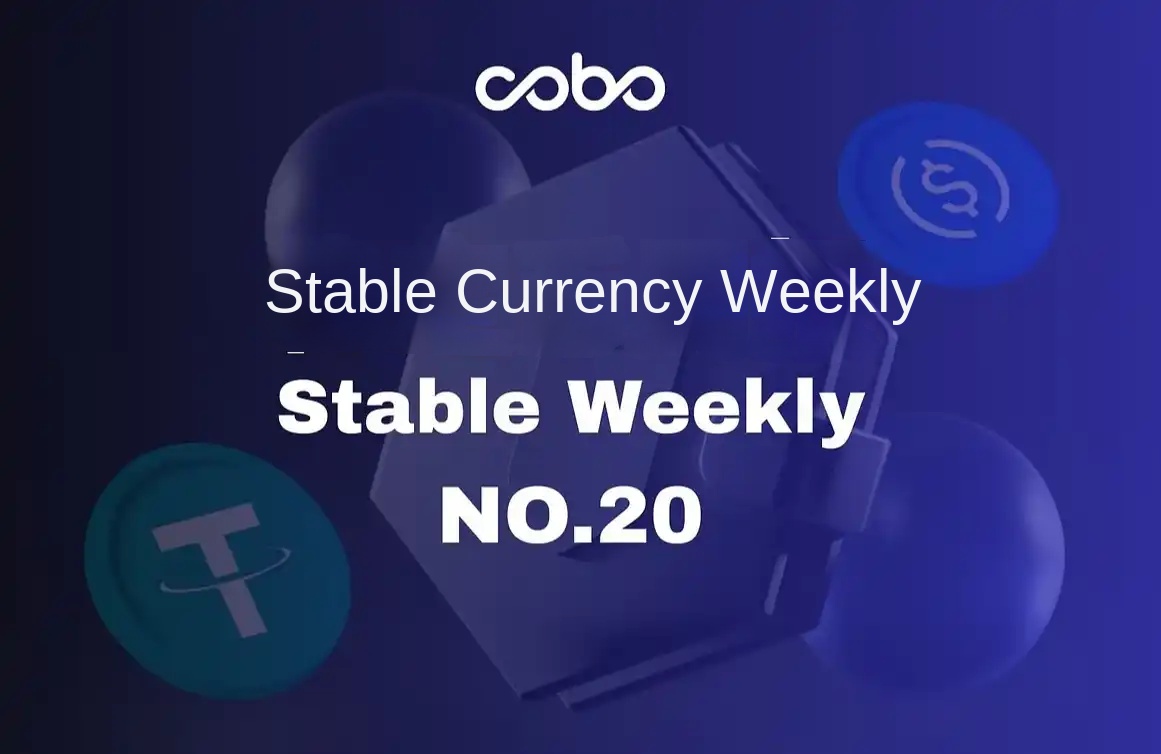Ethereum's Tenth Anniversary: Institutional FOMO, ETF Blessing, Next Stop $4000?
Original Article Title: "The Ethereum Decade: Major Events Review Who's Buying In? Can It Reach $4000?"
Original Author: Deng Tong, Golden Finance
On July 30, 2025, Ethereum will celebrate its tenth anniversary. Over the past decade, what major events have occurred in Ethereum's development history? In the current bullish market of Ethereum, who has been buying in? What new narratives surround Ethereum? Can it break the $4000 mark?
1. Review of Ethereum's Ten-Year Journey of Major Events
In 2013, Vitalik Buterin conceived Ethereum. In 2014, he, along with Gavin Wood, Charles Hoskinson, Anthony Di Iorio, and Joseph Lubin, began the development of Ethereum and conducted a crowdfunding campaign. Ethereum officially launched on July 30, 2015. As Ethereum approaches its tenth birthday, let's review together the major events in Ethereum's development history and look back at the highlights of Ethereum's journey.
In 2013, Vitalik Buterin released the Ethereum whitepaper. In the whitepaper, Vitalik acknowledged Bitcoin's birth in 2009 as a significant breakthrough by Satoshi Nakamoto. However, Vitalik's true goal was to expand the underlying blockchain technology as a tool for distributed consensus.
From July 22, 2014, to September 2, 2014, Ethereum started its crowdsale, where people could purchase Ethereum using Bitcoin. In the Ethereum announcement, the presale of Ethereum was set at 2,000 ETH per BTC, linearly declining to 1,337 ETH per BTC within 42 days. This meant the issuance price of ETH was $0.29 per ETH. However, when ETH first traded on August 7, 2015, its trading price was $2.77.
On July 30, 2015, the first version of Ethereum called Frontier officially launched, marking the official start of the Ethereum mainnet. Ethereum's network transitioned from theory to practice, allowing developers to mine Ethereum and start developing dApps and various tools, taking a critical first step in the development of the Ethereum ecosystem.
On March 14, 2016, the Homestead hard fork was officially introduced. This fork signified Ethereum's move from an experimental stage to a more stable formal version, laying a crucial foundation for future developments.
On July 20, 2016, Ethereum experienced its first major hack known as the DAO attack, which resulted in the DAO fork. This DAO attack originated from an insecure smart contract, leading to the theft of 3.6 million ETH. The DAO fork was carried out through a voting system by the Ethereum community, where any ETH holder could vote through the polling platform. Eventually, 85% of the voters agreed to the fork. However, some miners opposed the fork, leading to the creation of Ethereum Classic (ETC).
On October 18, 2016, the Tangerine Whistle hard fork was initiated to address urgent network health issues in the Ethereum network.
On October 16, 2017, the Byzantium hard fork was officially launched. It was the first hard fork of the Ethereum "Metropolis" development phase, incorporating 9 Ethereum Improvement Proposals (EIPs) aimed at enhancing Ethereum's operational efficiency, privacy, security, etc. It also reduced the block reward from 5 ETH to 3 ETH and delayed the "Difficulty Bomb."
On February 28, 2019, the Constantinople hard fork took place. The Constantinople hard fork aimed to improve Ethereum's operational efficiency and design more optimized solutions for smart contracts and decentralized applications.
On December 9, 2019, the Istanbul hard fork occurred. This upgrade addressed denial-of-service (DoS) attacks that Ethereum had faced years ago. This hard fork also achieved interoperability between Ethereum and Zcash and allowed contracts to have more innovative features.
On January 2, 2020, the "Muir Glacier" hard fork was implemented to postpone the "Difficulty Bomb" by 4 million new blocks, approximately 611 days, to buy more time for Ethereum's transition to a proof-of-stake mechanism.
On December 1, 2020, the Beacon Chain started producing blocks. The Beacon Chain is a core part of Ethereum 2.0, serving as a new proof-of-stake (PoS) blockchain.
On April 15, 2021, the Berlin upgrade took place. This hard fork optimized the Gas fees for certain operations on the EVM and added support for various transaction types.
On August 5, 2021, the London hard fork introduced EIP 1559, which implemented a base fee system, a tip mechanism, and a feature that allows users to specify a maximum fee. If there is a difference between the maximum fee, base fee, and miner tip, users will receive an Ethereum refund.
The Altair fork on October 27, 2021, was the first upgrade to the Beacon Chain. The two main upgrades of the Altair fork include the introduction of the "Inactivity Leak" mechanism and support for light clients. The "Inactivity Leak" reduces rewards for inactive stakers on the network, while support for light clients allows validators to access the blockchain without being continuously connected to it.
On December 9, 2021, Arrow Glacier was launched, aiming to delay the Ethereum network's "Difficulty Bomb" until June 2022.
On June 30, 2022, the "Gray Glacier" upgrade delayed the Difficulty Bomb by 3 months.
On September 15, 2022, the Ethereum Merge upgrade was completed, marking a significant event in Ethereum's blockchain history as it transitioned from a Proof of Work (PoW) to a Proof of Stake (PoS) consensus mechanism. This upgrade merged the Ethereum mainnet with the Beacon Chain, a milestone in the evolution of the blockchain.
In June 2022, the Gray Glacier upgrade occurred. This upgrade further postponed the Difficulty Bomb, providing additional time for Ethereum's full transition to a Proof of Stake mechanism, ensuring that the network's mining difficulty does not spike due to the Difficulty Bomb and maintaining network stability.
In March 2024, the Dencun upgrade took place. This upgrade introduced data blobs for layer 2 scalability, enhancing Ethereum's layer 2 solutions' performance, improving network scalability, and laying the foundation for reducing transaction costs and increasing transaction throughput.
On May 24, 2024, the SEC officially approved the Ethereum spot ETF's 19b-4 form involving institutions such as BlackRock, SSGA, and Fidelity. The 19b-4 form is primarily used for rule change applications submitted by stock exchanges, a critical step in the listing of the Ethereum spot ETF. On July 23, 2024, the SEC formally approved the ETF's S-1 filing, allowing the Ethereum spot ETF to be listed. The S-1 filing is the final step before the fund officially launches for sale and trading, signaling the Ethereum spot ETF's entry into the market.
On May 7, 2025, the Pectra upgrade was activated. It introduced 11 Ethereum Improvement Proposals (EIPs) aimed at enhancing Ethereum's staking, scalability, and user experience.
II. Who Has Been Buying ETH Recently?
1. Whale
On July 21, James Wynn closed his long positions in ETH (25x leverage) and PEPE (10x leverage), earning a profit of $538,500.
On July 20, a whale withdrew 103 WBTC tokens ($12.22 million) from Binance, swapped 70 WBTC for 2,214 ETH ($8.26 million) on-chain at an exchange rate of 0.0316.
On July 20, The White Whale, a top trader on the Hyperliquid platform, made nearly $30 million in profit in just one week. Over the past week, using 4 wallets, they went long on ETH and SOL, locking in almost $30 million in gains, securing the top rank.
On July 20, a hacker who stole over $300 million from Coinbase users bought 649.62 ETH ($2.31 million) at a price of $3,561, 9 hours ago.
On July 20, two newly created "whale" or institutional wallets purchased 58,268 ETH worth around $212 million through FalconX and Galaxy Digital.
On July 19, the "whale/institution accumulating ETH through FalconX" continued accumulating 19,550 ETH (around $70.7 million). Since July 12, this address has consistently accumulated 122,000 ETH (around $435 million) through FalconX, with an average price of around $3,213.
2. Institution
On July 18, Nasdaq-listed company Bit Digital (stock code: BTBT) announced that it used the net proceeds of approximately $67.3 million from a recent private placement to purchase around 19,683 ETH. Following this transaction, Bit Digital now holds approximately 120,306 ETH.
On July 18, the Trump family's crypto project WLFI spent 3 million USDC to acquire 861 ETH.
On July 18, Nasdaq-listed Thumzup Media Corporation announced that its board of directors had approved a $250 million allocation towards cryptocurrency investments. The current plan includes investments in BTC, ETH, SOL, XRP, DOGE, LTC, and USDC, aiming to diversify its cryptocurrency portfolio.
On July 18, SharpLink further increased its holdings by 18,712 ETH, bringing its total to 326,074 ETH worth $11.4 billion.
On July 17, BlackRock once again purchased 158,875 ETH worth approximately $5.74 billion. This transaction followed their accumulation of 363,445 ETH over two days, totaling $13.1 billion. Currently, BlackRock holds a total of 2.46 million ETH valued at around $8.9 billion.
On July 17, GameSquare Holdings announced its plan to issue 46,666,667 common shares to raise $70 million, with the company intending to increase its ETH holdings with this fund.
III. What are the new narratives for ETH?
1. Treasury Corporate
More and more companies are accumulating cryptocurrency, emulating Strategy, and transitioning to become cryptocurrency treasury corporates.
On May 27, 2025, sports betting operator SharpLink Gaming, Inc. (NASDAQ: SBET) announced the signing of a securities purchase agreement for a $425 million public company private investment in public equity (PIPE), planning to issue approximately 69.1 million common shares (or equivalent securities) at a price of $6.15 per share (company management team members at $6.72 per share). SharpLink will raise funds to purchase Ethereum (ETH) as the company's primary treasury reserve asset. Following the completion of the transaction, Ethereum co-founder and Consensys founder and CEO Joseph Lubin will serve as Chairman of the SharpLink Board and will act as a strategic advisor to assist the company in developing its core business. As a result, SharpLink officially becomes an Ethereum treasury corporate, known as the "ETH version of MicroStrategy."
2. Ethereum ETF
Since the official approval of the Ethereum spot ETF by the U.S. SEC in July 2024, products represented by BlackRock (ETHA), Fidelity (FETH), and Grayscale (ETHE) have rapidly become investment favorites. BlackRock's ETHA, with $210 billion in AUM, leads the pack, with daily net inflows of over $120 million per product. This scale growth not only reflects traditional institutions' recognition of ETH but also transitions ETH from a "high-risk crypto asset" to a "mainstream allocation target."
The widespread adoption of an Ethereum ETF has significantly altered the ETH holding structure — institutional holdings have increased from 12% in 2024 to 27% in 2025, while exchange circulation has decreased from 31% to 18%, reaching a new low since 2018. This "de-exchangeization" trend has reduced short-term selling pressure, leading to a decrease in ETH price volatility (30-day annualized) from 65% to 42%, bringing it closer to traditional assets (e.g., gold volatility around 15%), further attracting risk-averse capital. ETH is increasingly integrating into the traditional financial system.
3. Sovereign Wealth Fund
On June 4, Consensys CEO and Ethereum co-founder Joe Lubin revealed that the company is in discussions with a "major nation's" sovereign wealth fund and bank regarding the possibility of building infrastructure within the Ethereum ecosystem. Lubin predicts that Ethereum will experience a decentralized supercycle and may become the core of a new global financial system.
Vitalik Buterin stated that the Ethereum blockchain's capacity will increase tenfold in the next year. Lubin referred to Ethereum as the "trust foundation" and believes its value may ultimately surpass that of Bitcoin.
4. Reserve Asset in the New Digital Dollar Economy
The development of the US dollar stablecoins has created unprecedented opportunities for Ethereum. Stablecoins have provided a channel for individuals worldwide to access the dollar — growing 60-fold since 2020, surpassing $200 billion — the millions of new dollar holders need more than just digital cash. They require returns, investment opportunities, and financial services. Traditional finance cannot serve this vast new market due to regulatory and infrastructure limitations.
4. Will ETH Break the $4000 Mark? Alt Season Approaching?
Ethereum's strong price momentum has been one of the highlights of the cryptocurrency market in July. Kobeissi pointed out: "Since July 1st, Ethereum's market cap has increased by $150 billion, with a few days ago setting a new all-time high for net short open interest."

ETH/USD 3-Hour Chart. Source: The Kobeissi Letter/X
"Furthermore, many shorts are leveraged, adding further pressure. Ethereum could soon reach $4,000." If Ethereum rises another 10%, an additional $1 billion of short positions will be liquidated.

ETH Exchange Liquidation Heatmap as of July 18. Source: The Kobeissi Letter/X
On July 20, LD Capital Founder Yi Lihua stated: "ETH has broken 3700. The weakness of the past few years made everyone forget about the bull markets of 2017 and 2020. ETH's far superior performance compared to BTC has been validated in this round. In this bull market, do not short, at least hold ETH, and you will not miss out on this market trend."
In its market weekly report released on July 21, QCP Capital stated that several altcoin season indicators have surpassed 50, reaching the highest level since December of last year. In addition, the open interest of ETH perpetual contracts has surged from $18 billion to $28 billion in a week, signaling that the altcoin season may have officially begun. QCP pointed out that institutional investors are the leaders of this cycle, benefiting from the clarification of the stablecoin regulatory framework brought about by the GENIUS Act. Companies have started to increase their holdings of ETH, SOL, XRP, ADA, and other L1 public chain tokens, similar to BTC's role in the Strategy and Metaplanet financial allocations.
If ETH receives SEC approval for its spot ETF in the coming months, it may attract funds from BTC ETF to ETH, further unlocking its profit potential. In fact, ETH's spot ETF saw net inflows exceeding BTC for two consecutive days last week, indicating a sharp rise in institutional interest in ETH, with even BlackRock showing confidence in its staking ETH ETF.
Furthermore, bullish spread trading in the ETH options market is active, with increased volume of long positions established for September and December expiry, highlighting optimism for the fourth quarter. The current BTC market dominance has fallen from 64% to 60%, while ETH's market share has risen from 9.7% to 11.6%. If this trend continues, a new altcoin season may already be underway. QCP stated that it will continue to monitor relevant signals and provide timely updates on the situation.
Welcome to join the official BlockBeats community:
Telegram Subscription Group: https://t.me/theblockbeats
Telegram Discussion Group: https://t.me/BlockBeats_App
Official Twitter Account: https://twitter.com/BlockBeatsAsia
 Forum
Forum

 Finance
Finance
 Specials
Specials
 On-chain Eco
On-chain Eco
 Entry
Entry
 Podcasts
Podcasts
 Activities
Activities
 OPRR
OPRR







